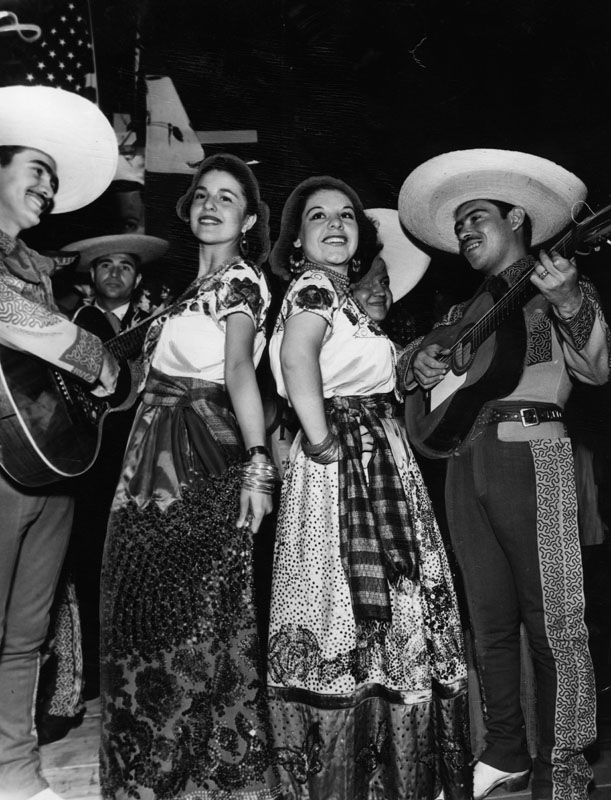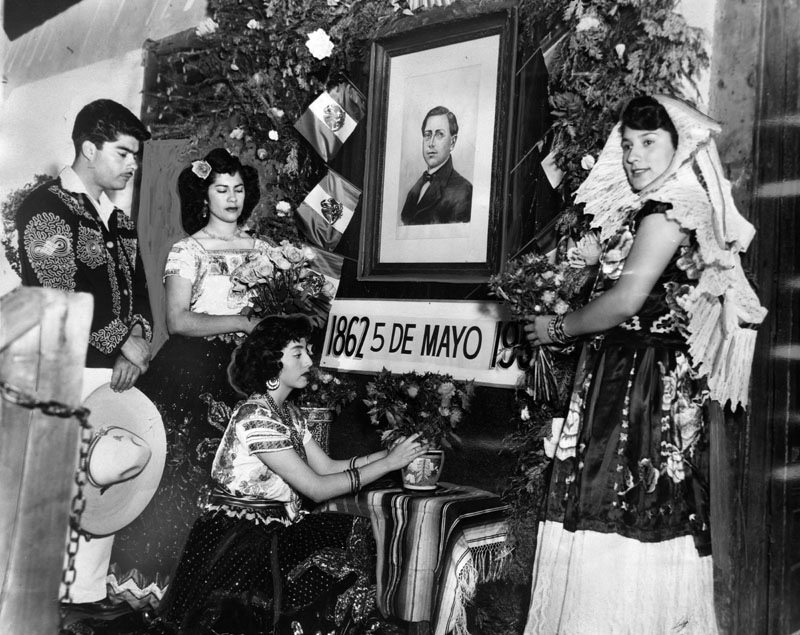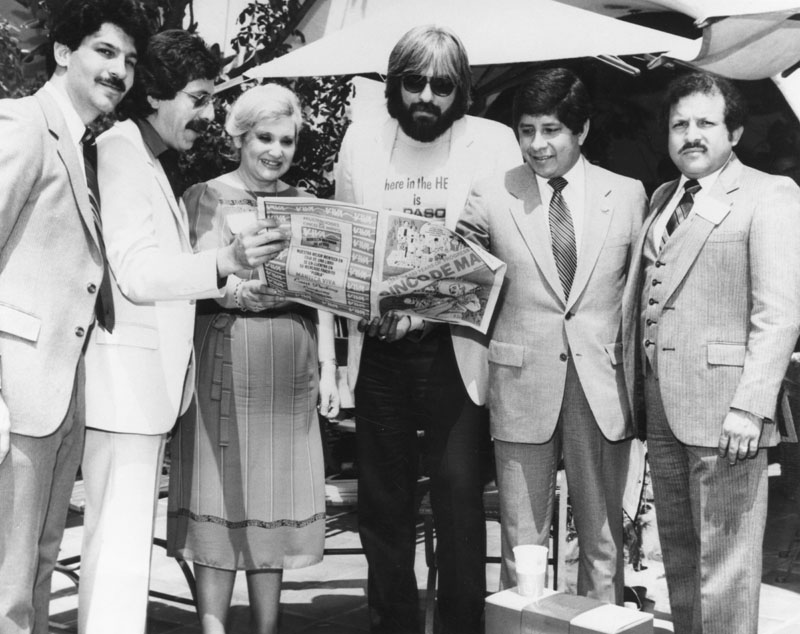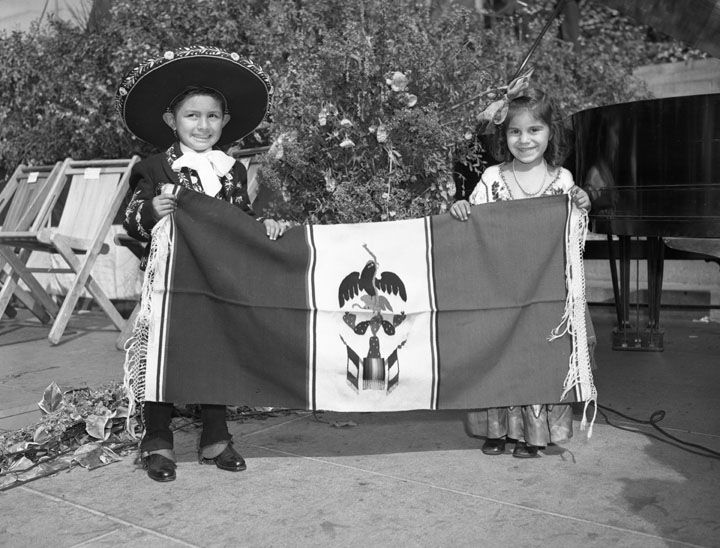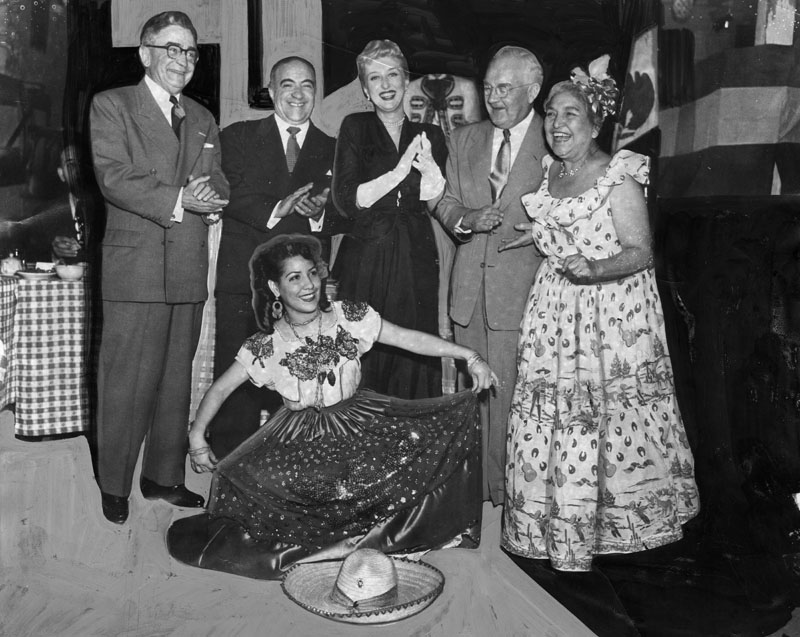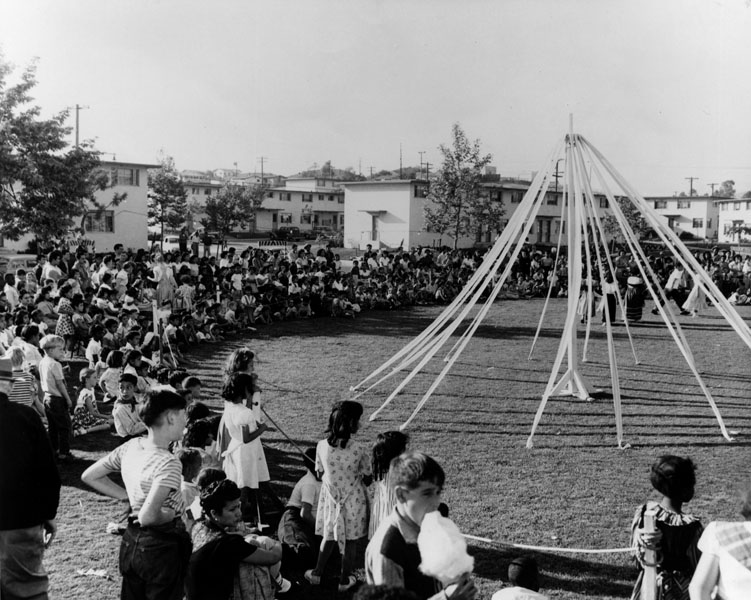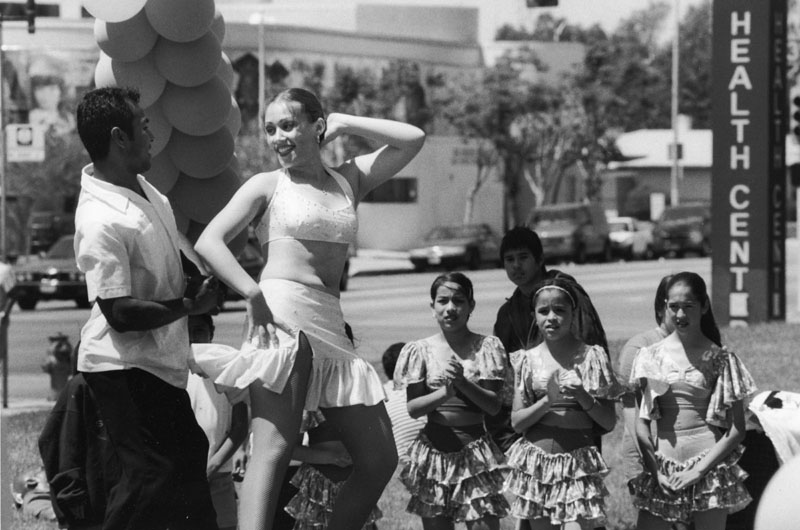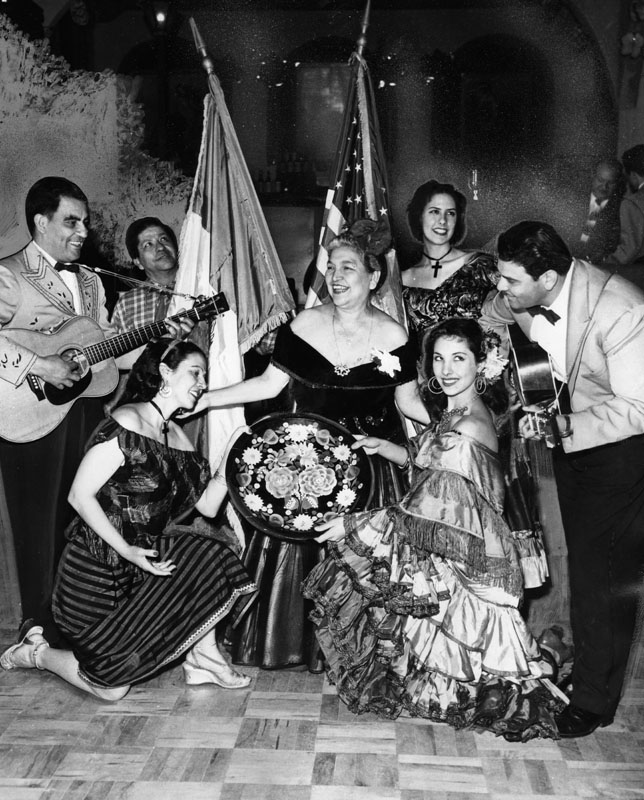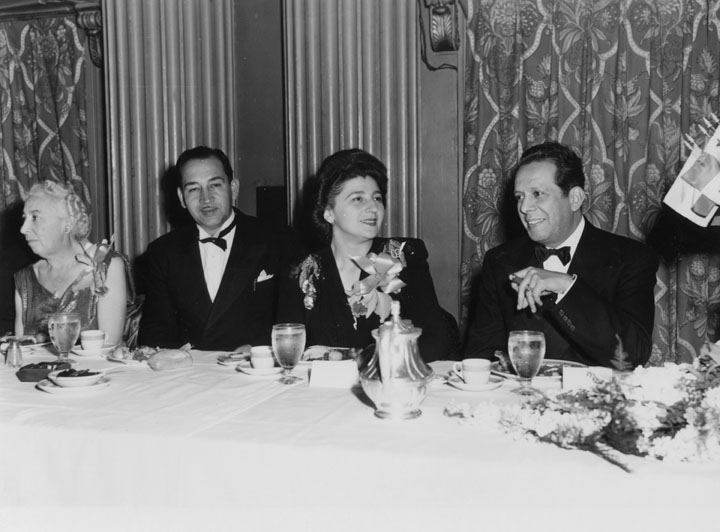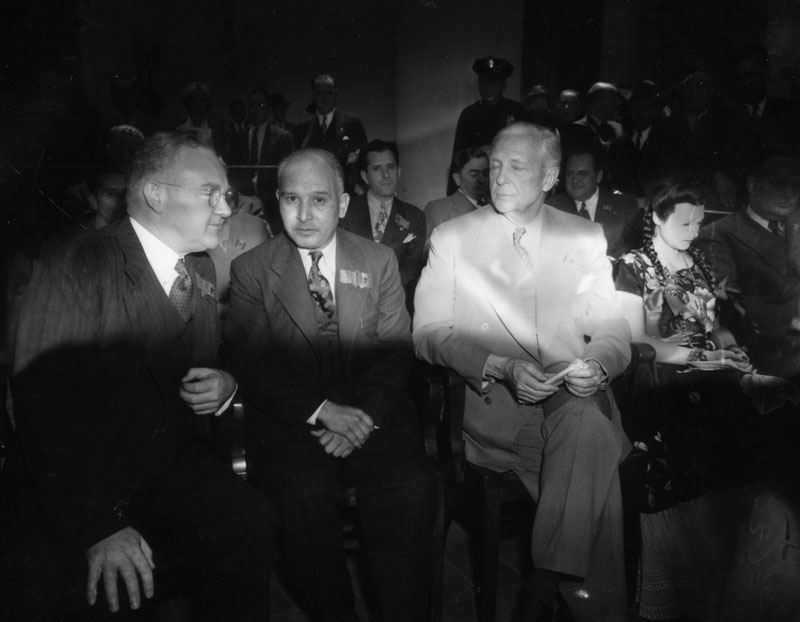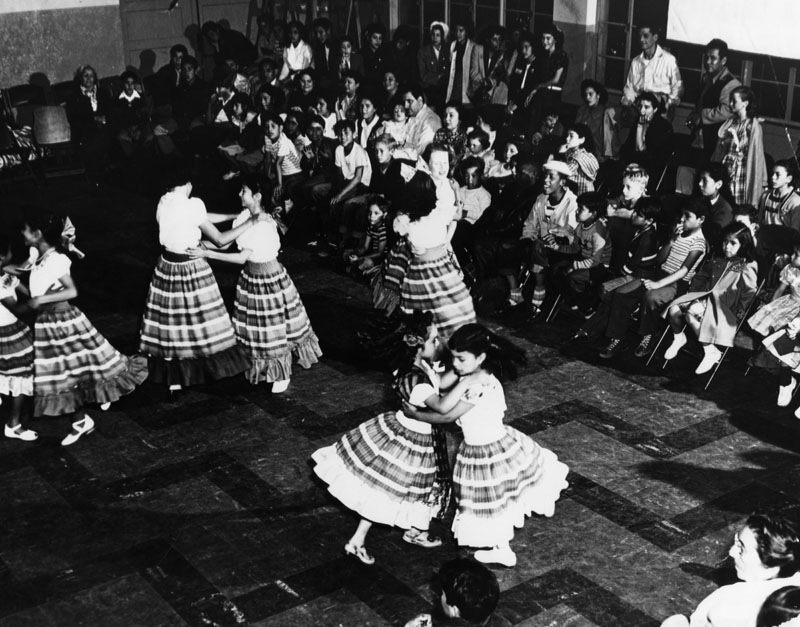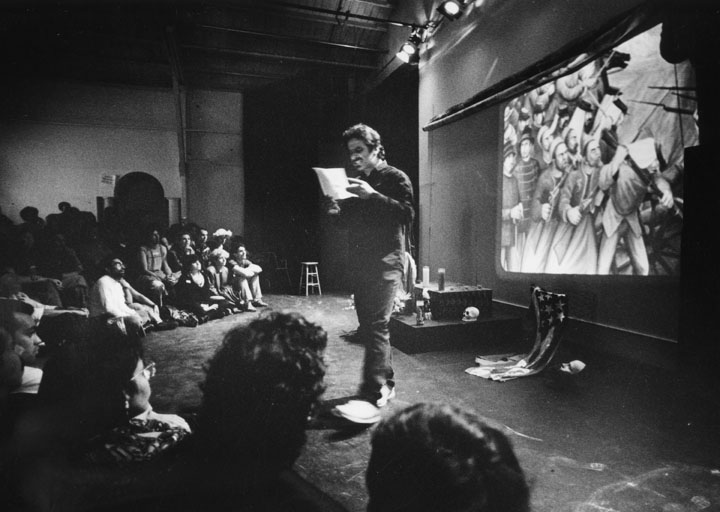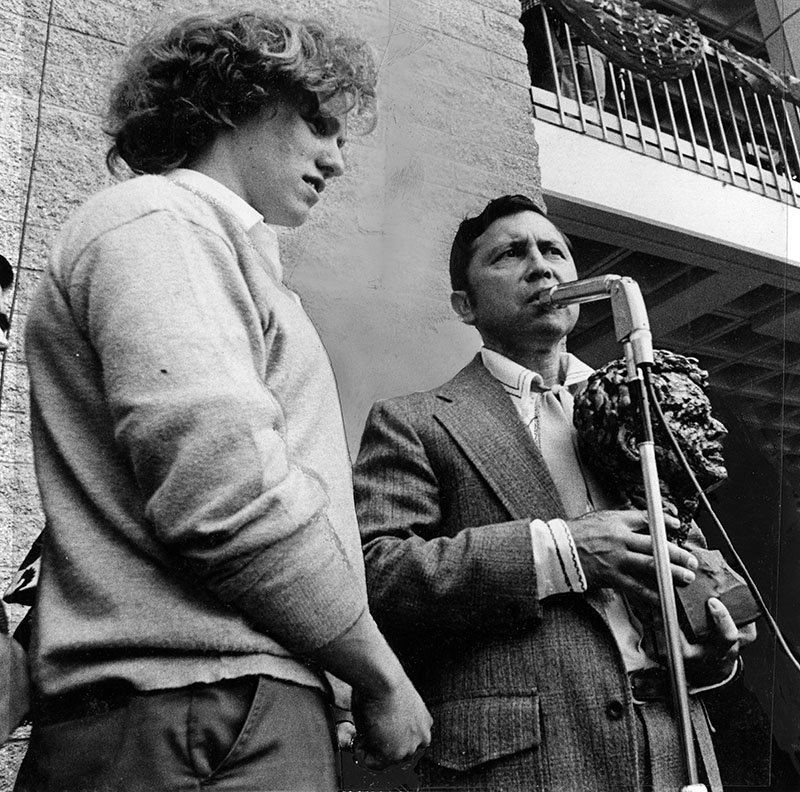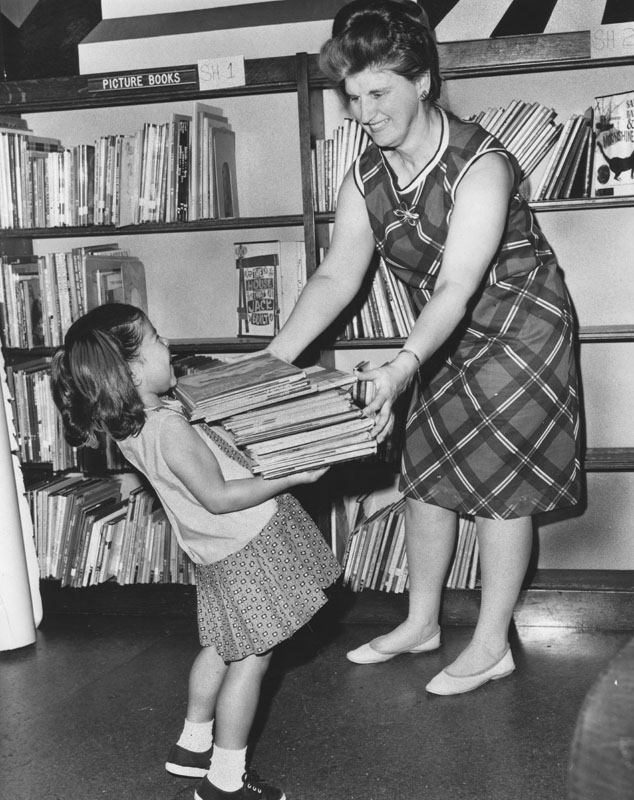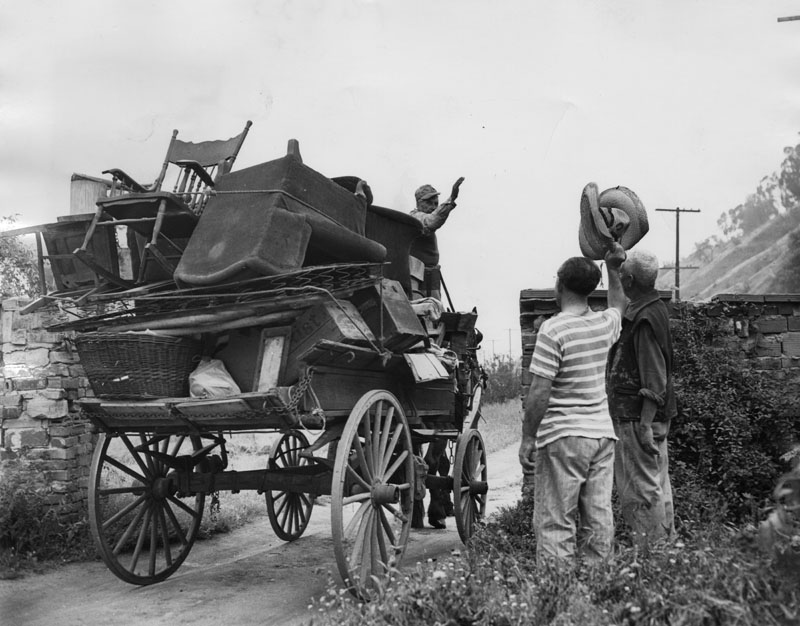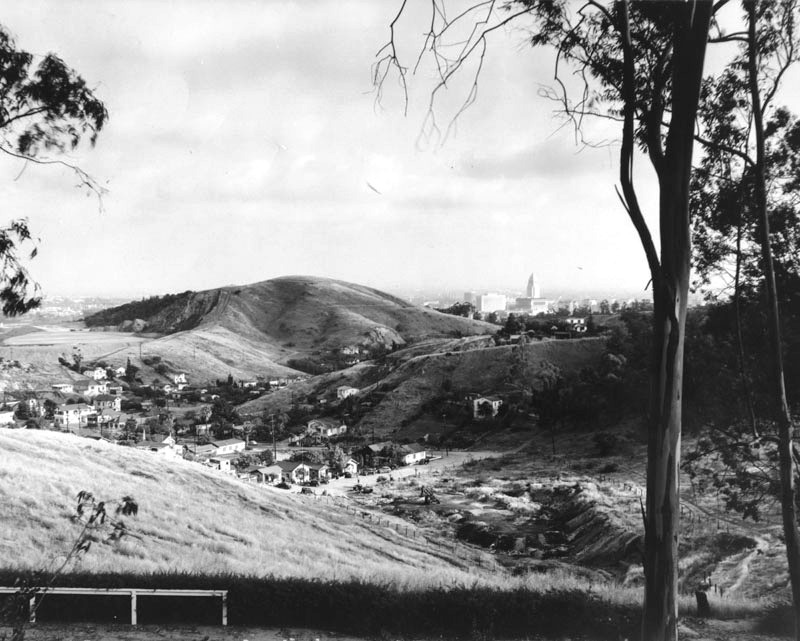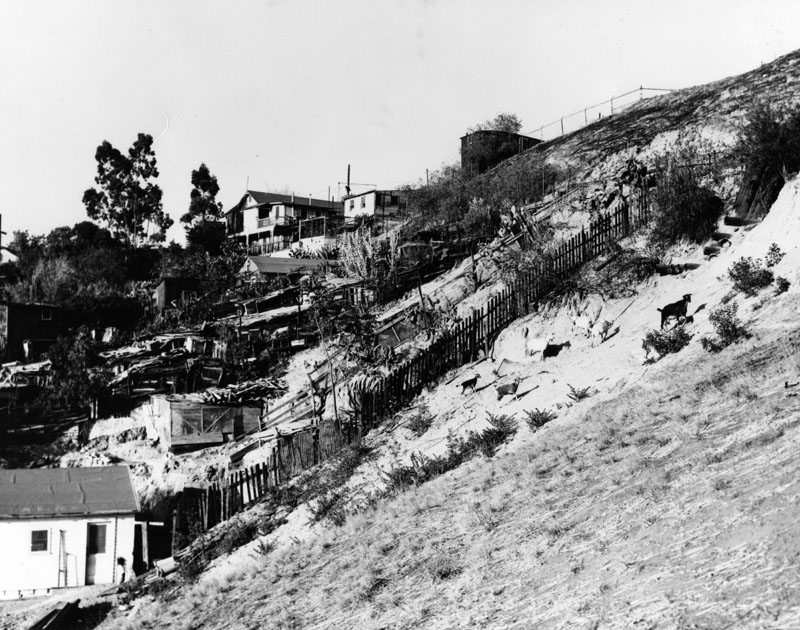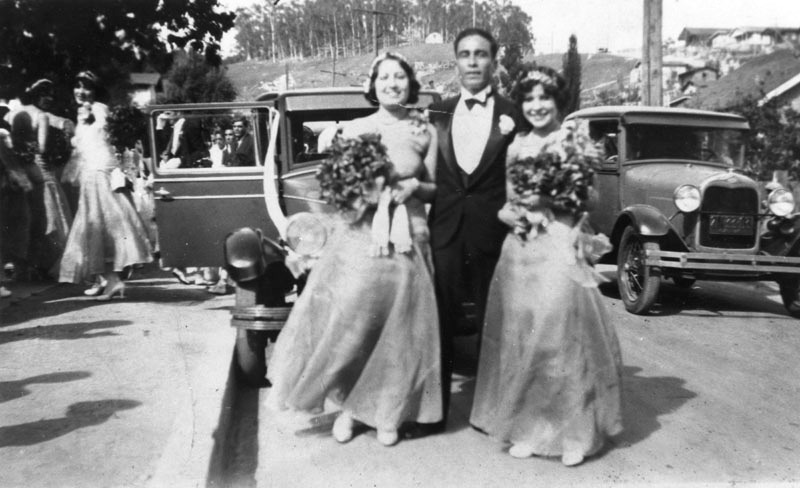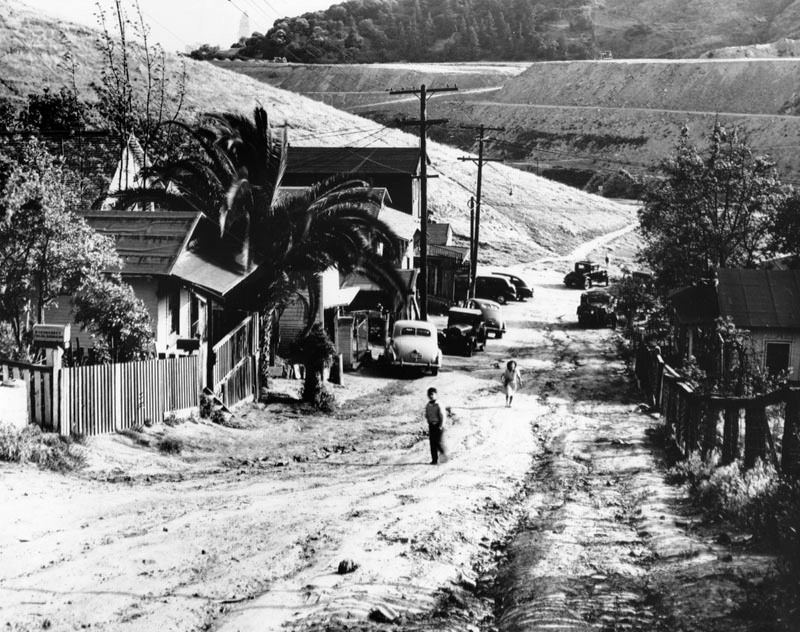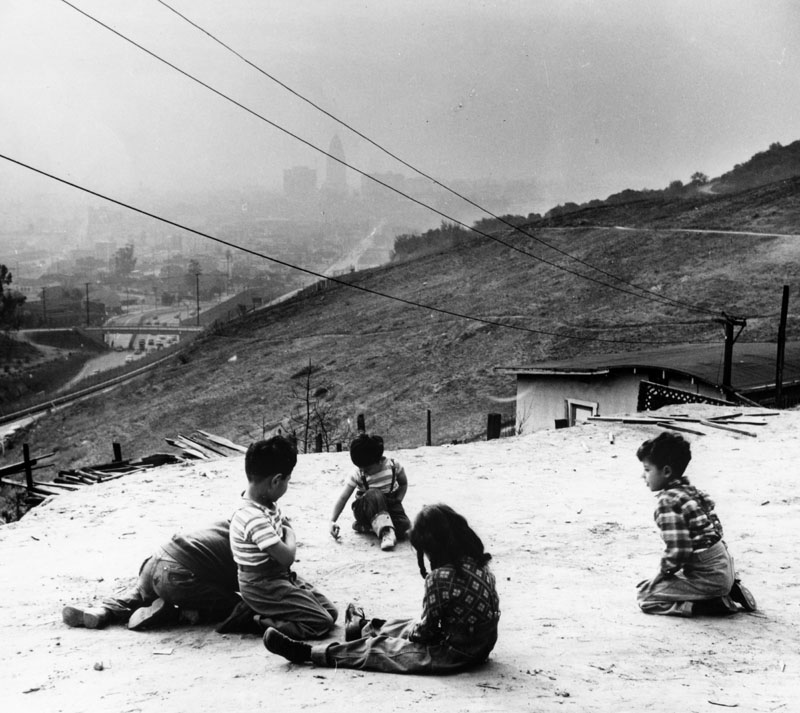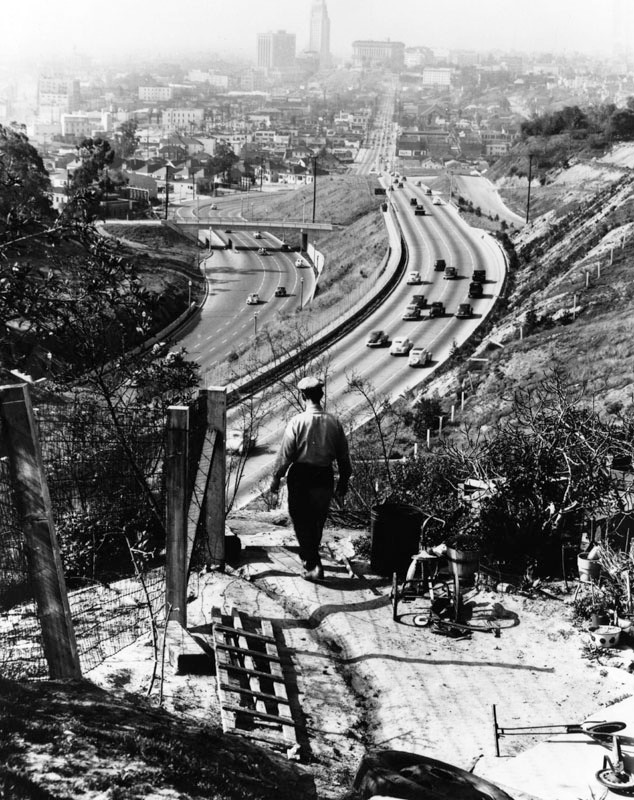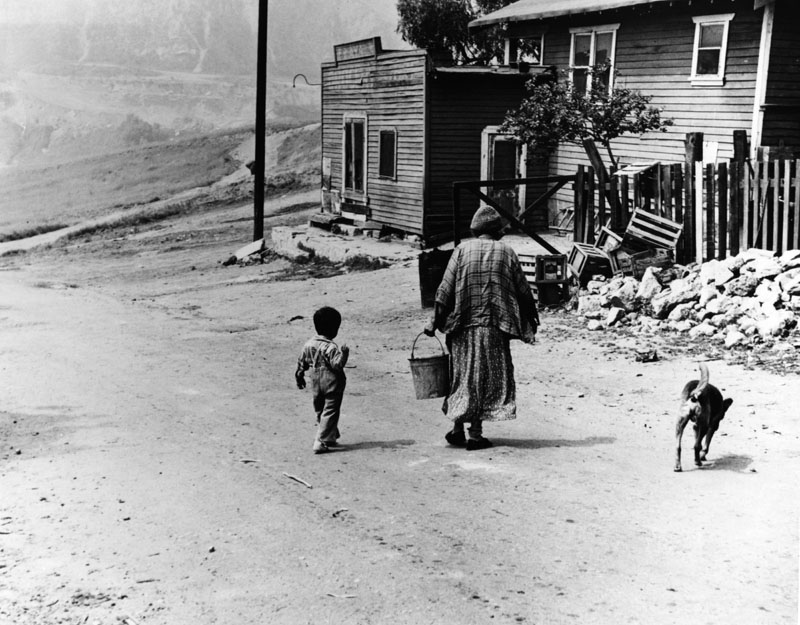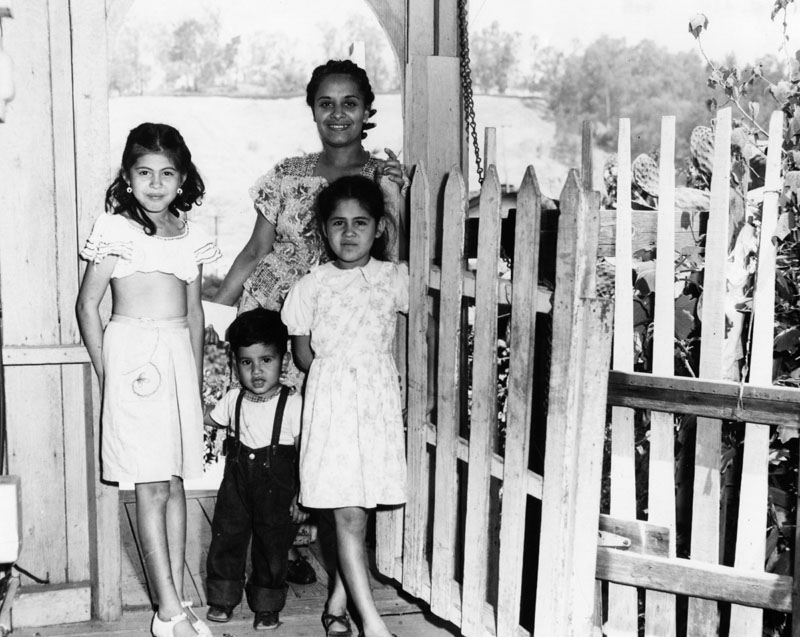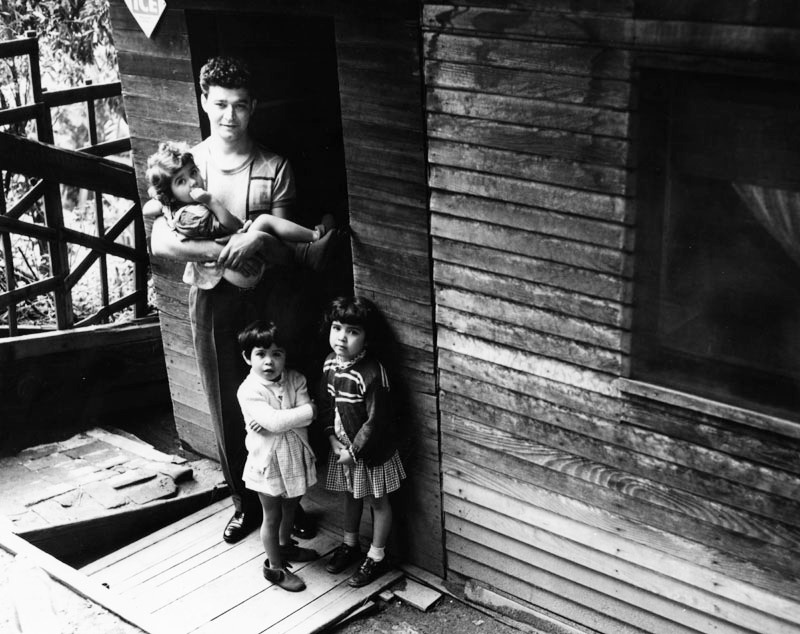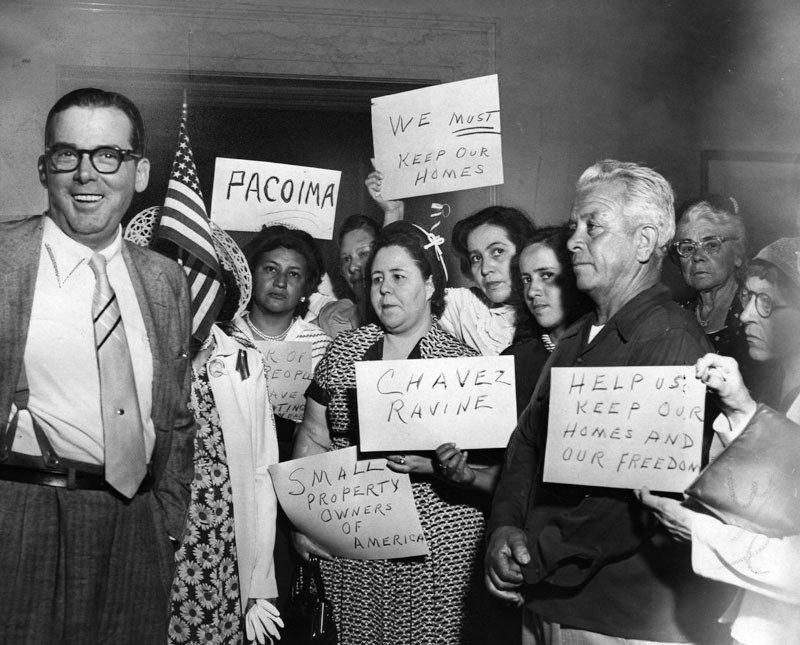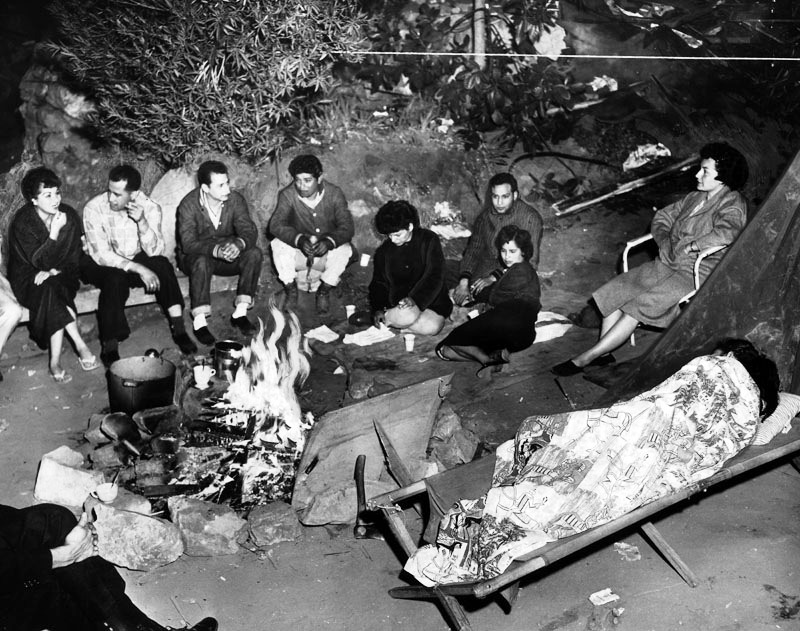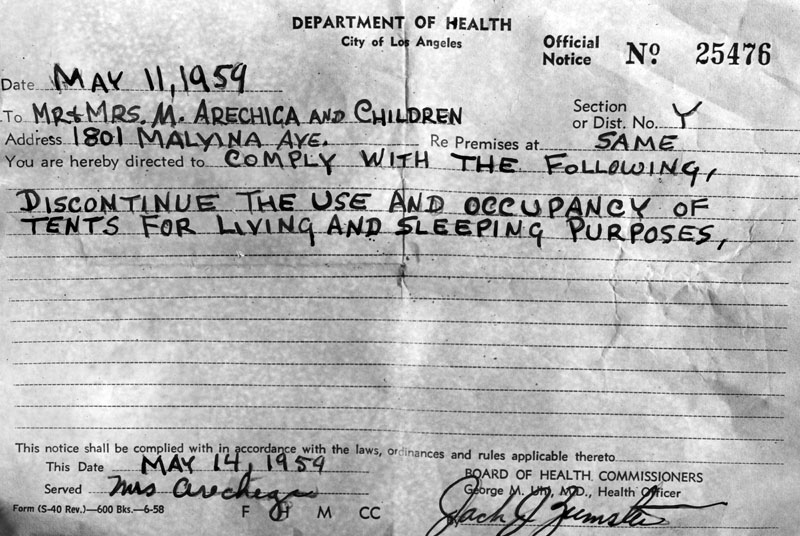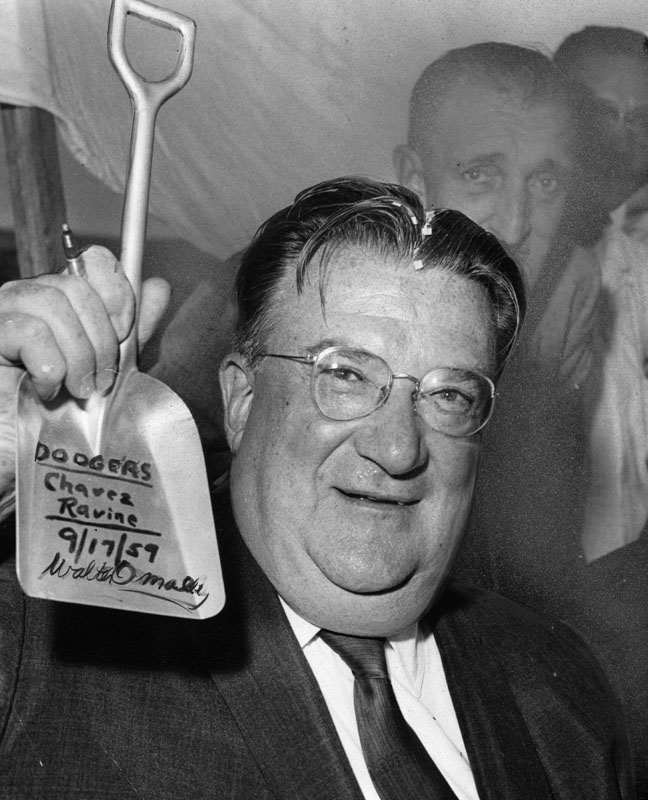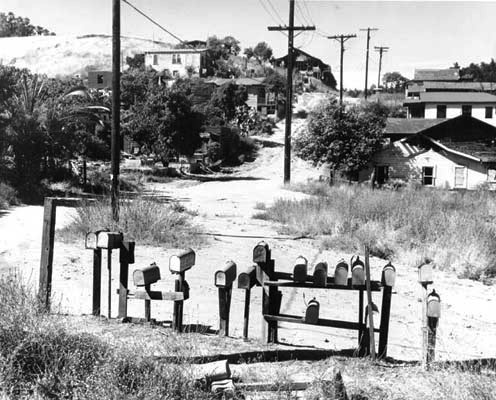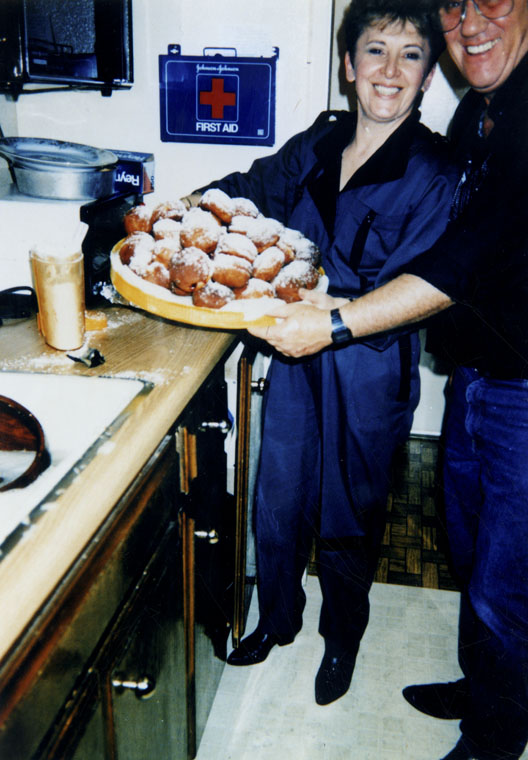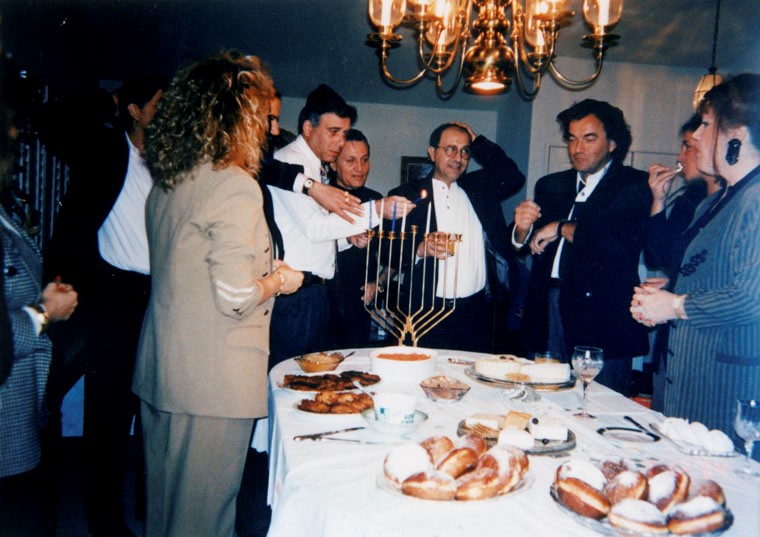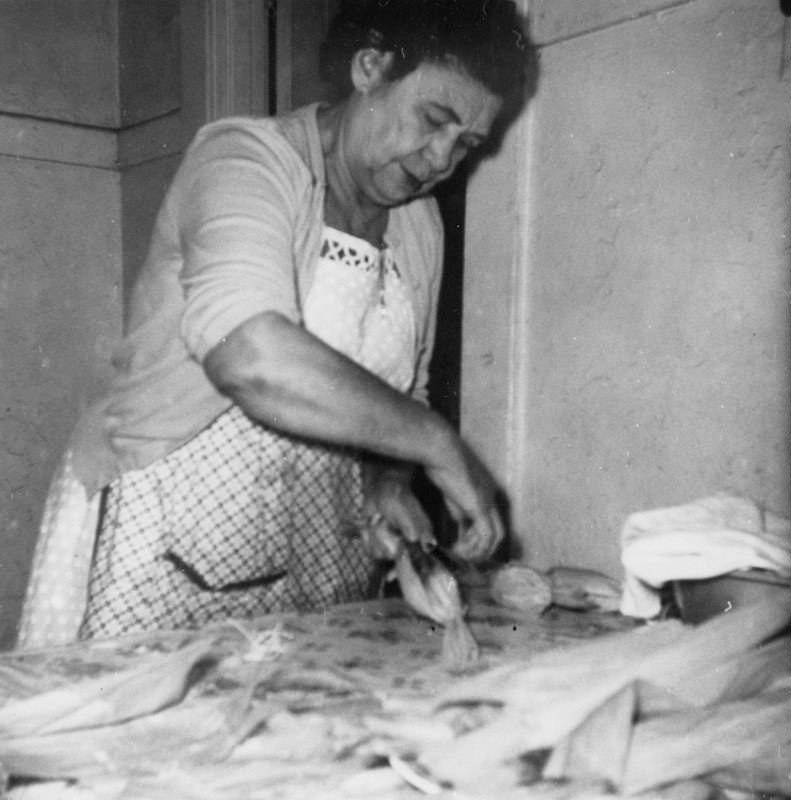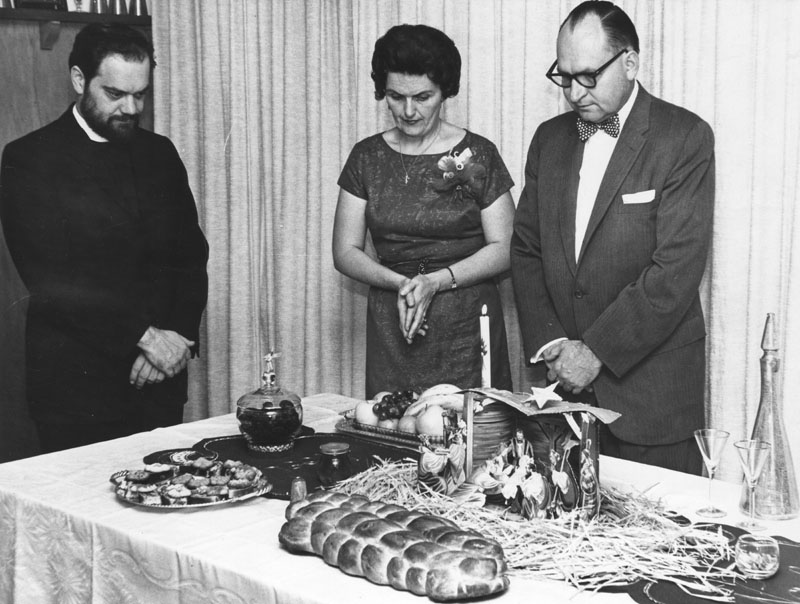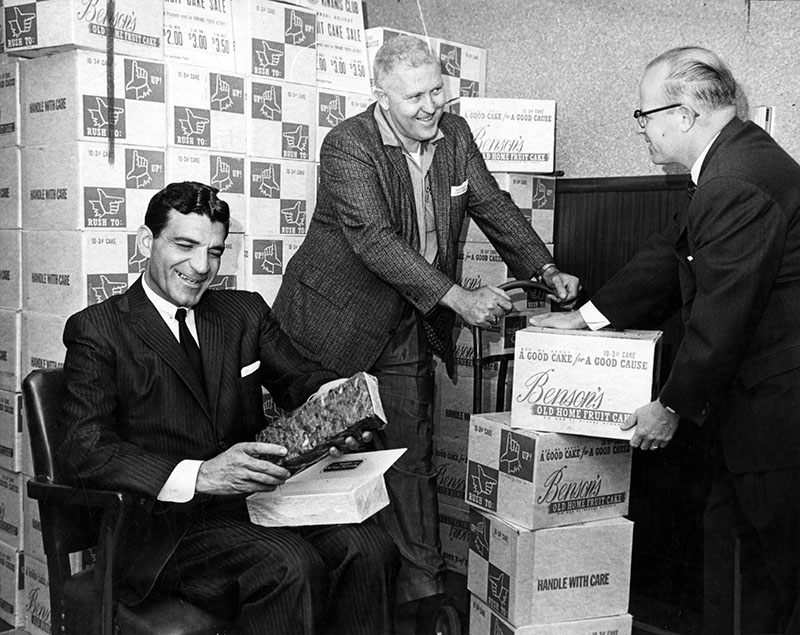Cinco de Mayo. It inspires parades and parties and sales and even special deals at restaurants, but what exactly does the Fifth of May commemorate and why do we celebrate?
The date is observed to memorialize the Mexican Army’s victory over the French Army at the Battle of Puebla, a battle which ended on May 5, 1862. (Mexican Independence Day, when Mexico was released from Spain’s grip, is celebrated on September 16.) The triumph of the Mexican army (led by General Ignacio Zaragoza) in this battle was surprising since France had a much larger and better equipped army. The French had landed in Veracruz the previous year, ostensibly to obtain reimbursement for debts owed by Mexico to France, but with an ulterior mission of establishing a French empire in Mexico. They promptly forced President Benito Juárez and his government into retreat. After their win at Veracruz, the French army moved towards Mexico City, expecting little resistance and an easy conquest. Instead of a swift victory, they encountered fierce fighting from the Mexican army at Fort Loreto and Fort Guadalupe near Puebla. The French were defeated and the victory of the Mexican army boosted the morale of the Mexican people and created a sense of national patriotism throughout Mexico.
In the United States, Cinco de Mayo is considered a date to celebrate Mexican-American culture. As Southern California boasts a large Mexican-American population, it also boasts a number of Cinco de Mayo celebrations, from family gatherings to community events. The photo collection of the Los Angeles Public Library reveals a wide assortment of Cinco de Mayo festivities – friendly, family, personal, public, and even political.
This Cinco de Mayo festival (like many similar events) features folk songs, traditional dance, native costumes, and native cuisine of Mexico.
Herald-Examiner Collection, photograph taken in 1943.
A Cinco de Mayo celebration takes place on the steps of City Hall. The event features a parade of people in traditional Mexican costume, with both the Mexican flag and U.S. flag at the head of the parade. A battalion of soldiers stands in formation while onlookers stand across the street. (NOTE: The building in the background is the Hall of Justice, built in 1925. It may look familiar as it has been featured in television shows such as Dragnet, Get Smart, and Perry Mason.)
Security Pacific National Bank Collection, photo is undated.
The Battle of Puebla is recreated for a Cinco de Mayo fete with a tug-o-war taking place between the French and the Mexicans in front of a men’s shop. As in the original Battle of Puebla, the Mexicans won.
Herald-Examiner Collection, photo taken on May 5, 1960.
A group of Mexican-Americans celebrates Cinco de Mayo at the historic Avila House on Olvera Street. They placed flowers before a portrait of General Ignacio Zaragoza, who led the Mexican Army during the Battle of Puebla in 1862 where the French forces were defeated. (Note: Zaragoza died of typhoid fever four months after the victory on May 5, 1862.)
Herald-Examiner Collection, photo taken in 1953.
Members of the planning committee at Lawry’s California Center view advertisements for holiday celebrations. (Note: The Center closed in the early 1990s but has reopened as the Los Angeles River Center and Gardens.)
Shades of L.A.: Mexican-American Community, photo dated 1983.
Dancers compete for the honor of reigning as queen over the Mexican-American colony’s Cinco de Mayo celebration in the Los Angeles Coliseum. The festival will feature song, dance, and athletic competitions.
Herald-Examiner Collection, photo taken on May 2, 1940.
Two children hold a blanket displaying the Mexican coat of arms during a celebration in downtown Los Angeles that drew 40,000 people.
Lucille Stewart Collection, photo taken by Lucille Stewart in 1945.
A beautiful senorita performs the Mexican hat dance for such luminaries as Mayor Fletcher Bowron (second from right) and actress Celeste Holm (middle) who were attending Cinco de Mayo festivities on Olvera Street.
Herald-Examiner Collection, photo taken in 1952.
Children attend a Cinco de Mayo celebration that features a maypole at Ramona Gardens, a public housing project built in Boyle Heights in 1939.
Housing Authority Collection, photo taken by Otto Rothschild in 1949.
Dancers perform at a Cinco de Mayo celebration at the Watts Health Foundation.
Los Angeles Neighborhoods Collection, photo taken by James W. Jeffrey, Jr. in 2000.
At a pre-Cinco de Mayo celebration, celebrants gather at La Golondrina Cafe on Olvera Street (Calle Olvera), a street in downtown Los Angeles that is part of the Los Angeles Plaza Historic District (El Puebla de Los Ángeles Historical Monument) which encompasses the oldest section of the city.
Herald-Examiner Collection (Box 3692), photo taken in 1951.
A Cinco de Mayo dinner is held at Los Angeles City Hall to honor Dr. Ezequiel Padilla (pictured at right with cigar in hand), Mexico’s Secretary for Foreign Relations and a former Washington ambassador. The event was attended by Mayor Fletcher Bowron plus dignitaries and prominent citizens of Los Angeles.
Lucille Stewart Collection, photo taken by Lucille Stewart in May of 1945.
Mayor Fletcher Bowron, Mexican Counsel Rodolfo Salazar, and California Governor Culbert Olson wear miniature United States and Mexican flags in their lapel while attending a Cinco de Mayo celebration.
Security Pacific National Bank Collection, photo is undated.
A group of young dancers entertains the crowds at William Mead Homes Housing Project in Chinatown.
Housing Authority Collection, photo is undated.
A member of Borde Arts Workshop speaks at a Cinco de Mayo celebration at Highways, a venue for dance, song, art, and music located in Santa Monica.
Herald-Examiner Collection, photo taken by Leo Jarzomb and dated October 1, 1989.
Joseph Kennedy (on the left), son of the late Senator Robert F. Kennedy, presents a bust of his father to Frank Serrano, principal of the newly opened Robert F. Kennedy Elementary School in East Los Angeles during a Cinco de Mayo celebration at the school.
Herald-Examiner Collection, photo taken by Sergio Ortiz on May 6, 1972.
Cesar Chavez (civil rights activist, labor organizer, and co-founder of the United Farm Workers union) speaks about Cinco de Mayo at U.C.L.A.
Herald-Examiner Collection, photo taken by Ken Papleo on May 5, 1979.
Preschooler Hilda Gutierrez assists the librarian at the Lincoln Heights branch of the Los Angeles Public Library. The two are filling the bookshelves in preparation for Cinco de Mayo, hoping that visitors will check out the festivities and check out some books!
Herald-Examiner Collection, photo taken by Myron Dubee in 1968.

